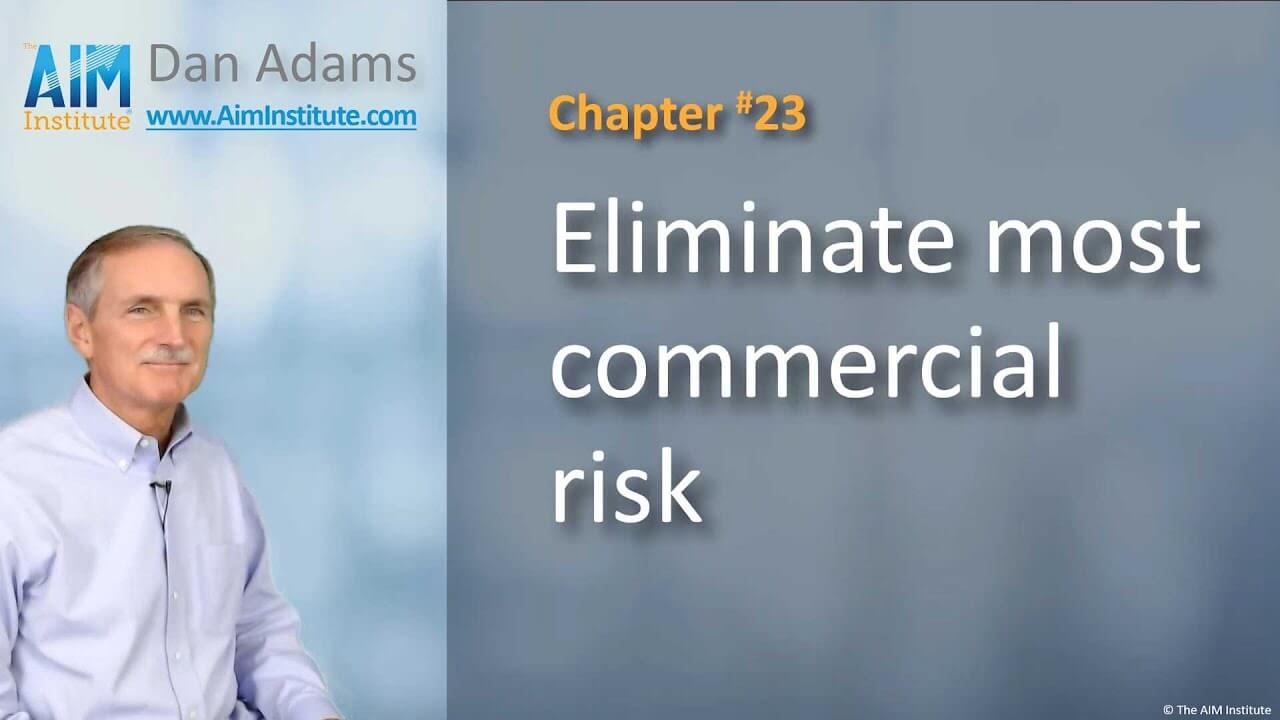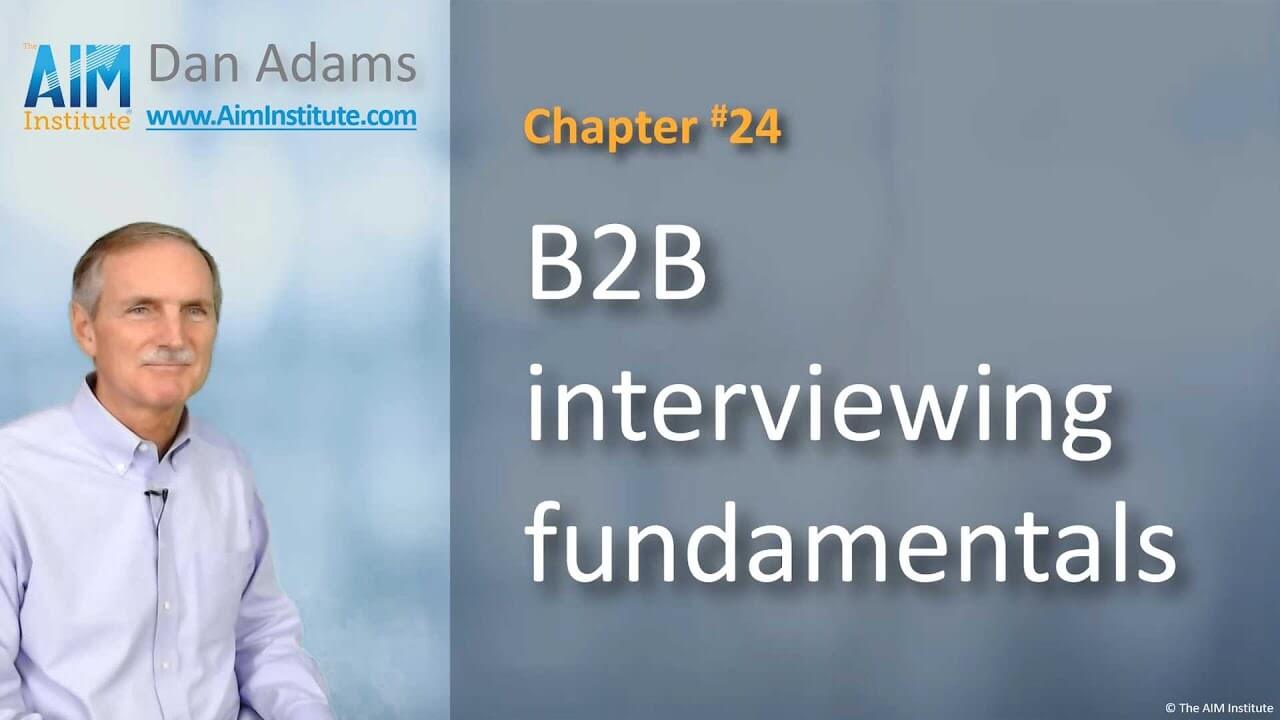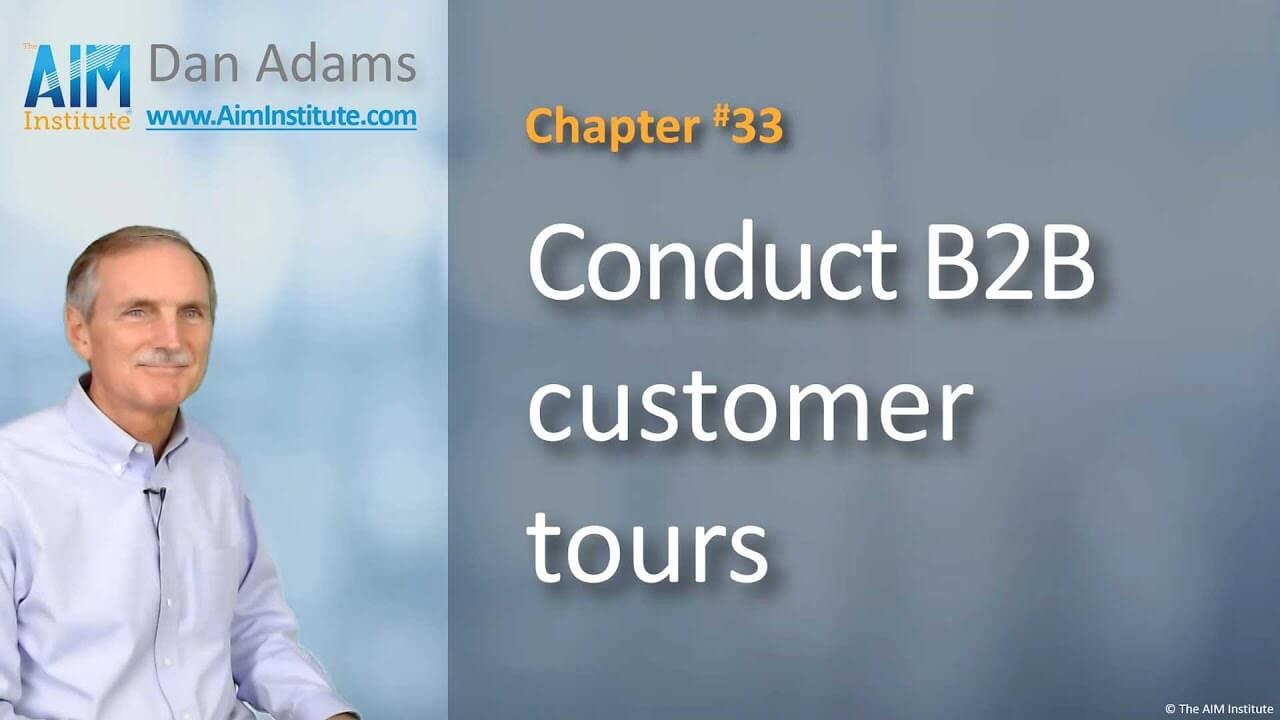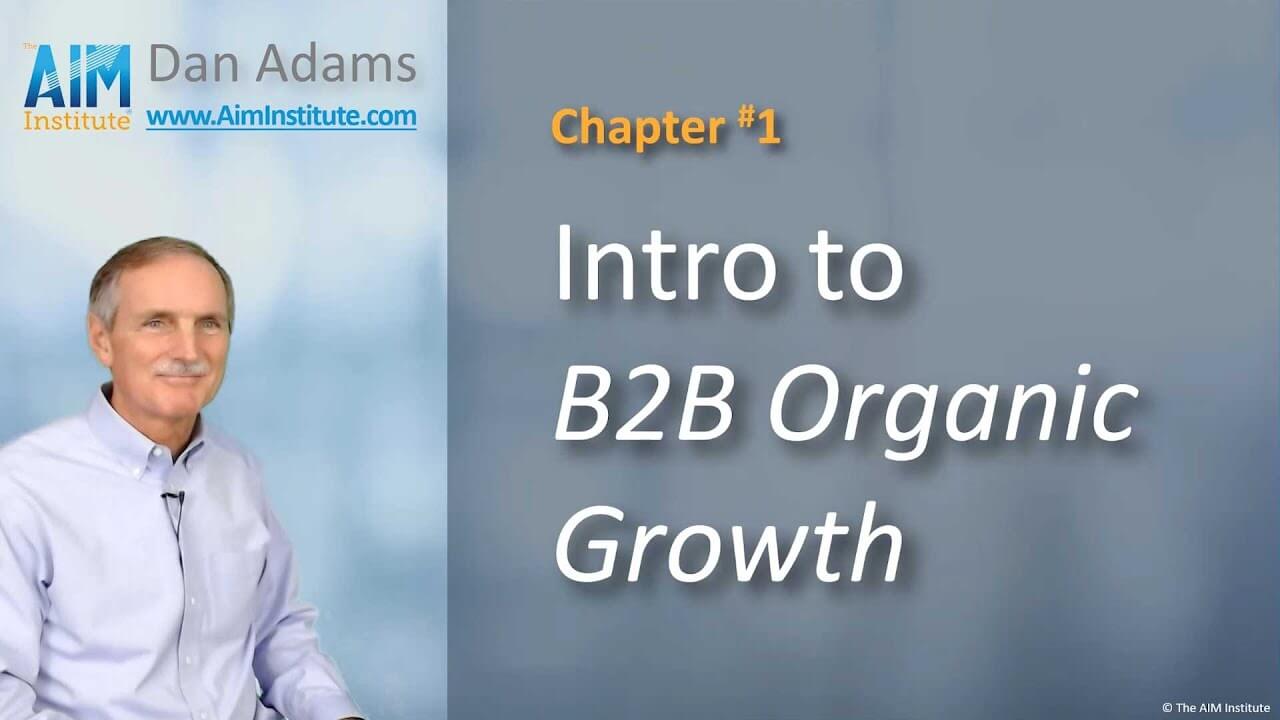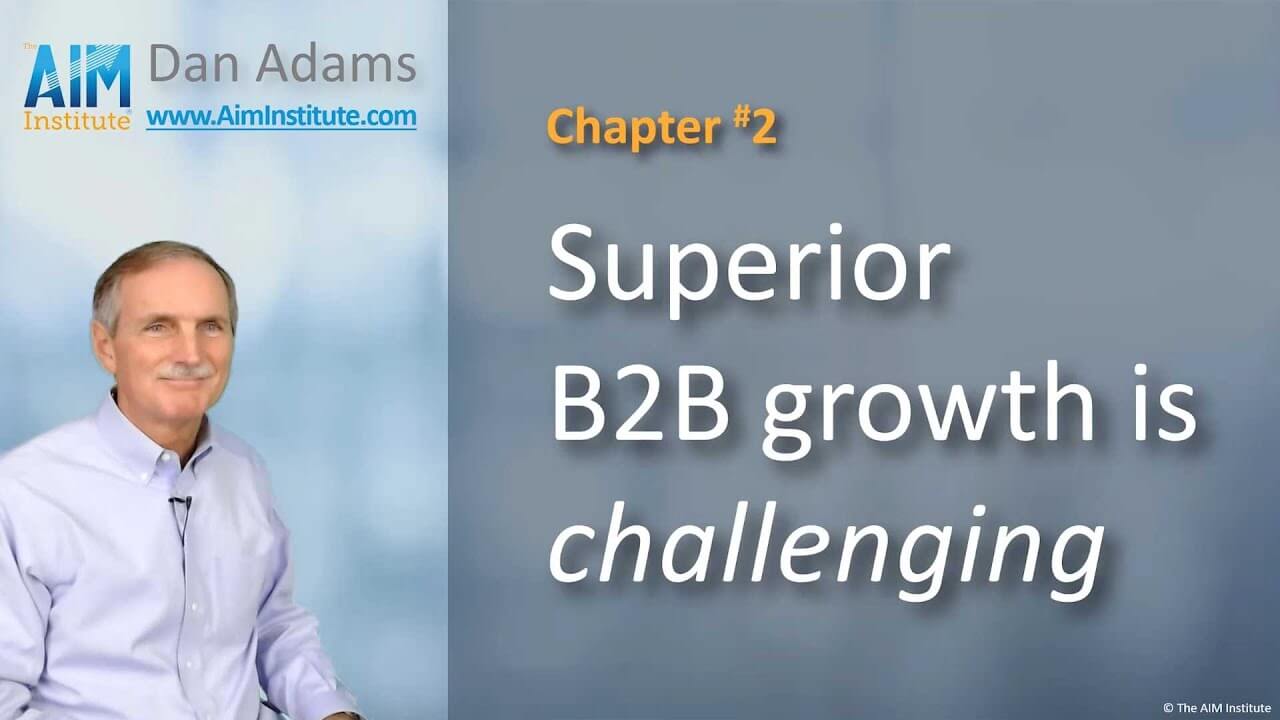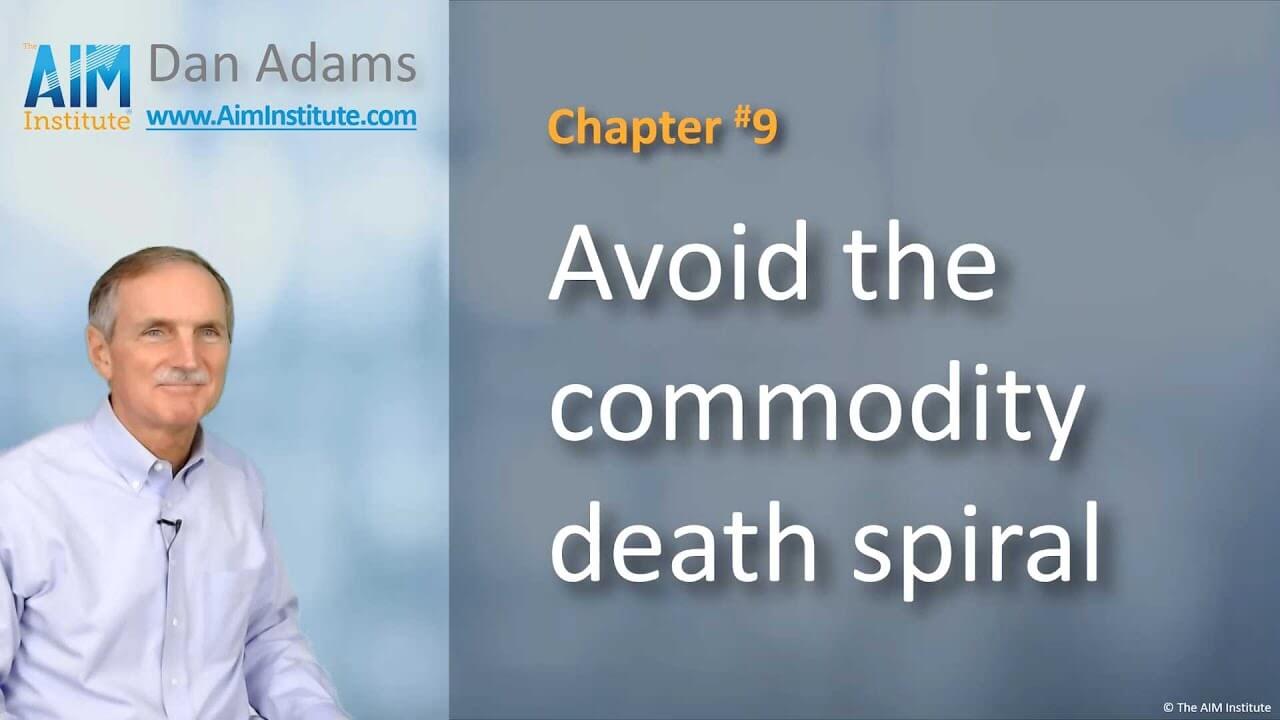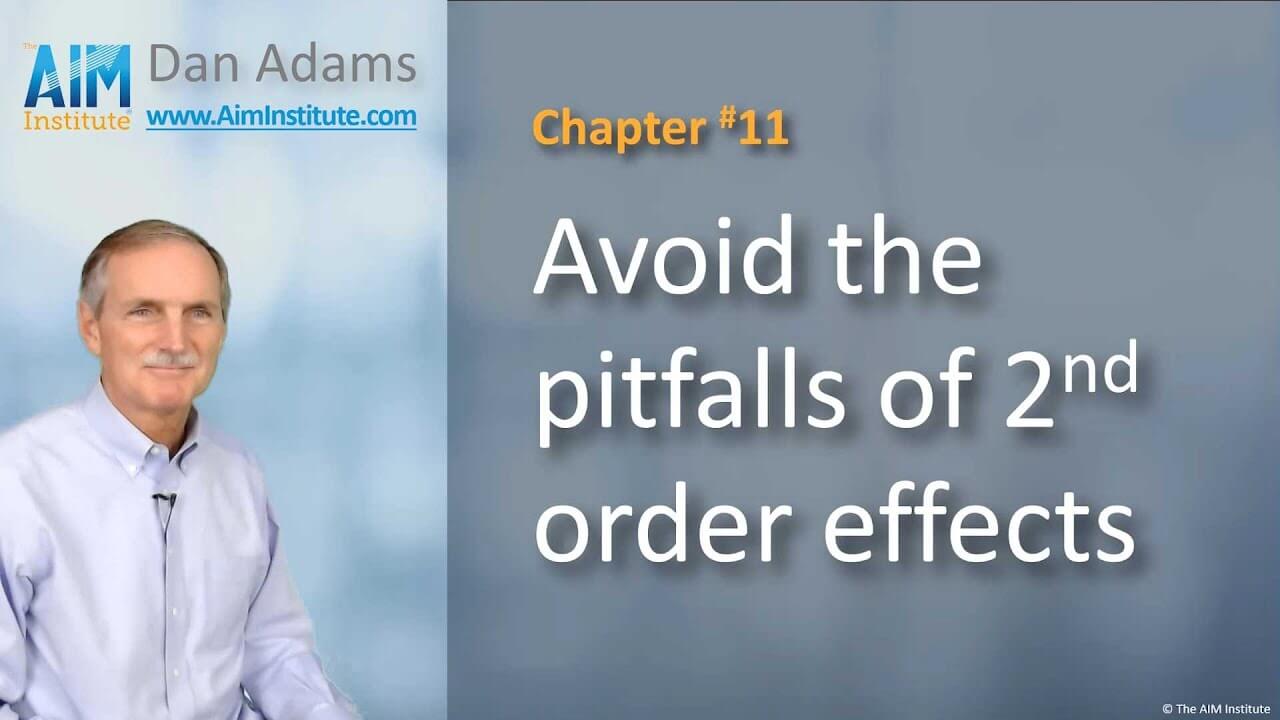Market concentration takes market segmentation to the next level. It’s the
concentration of resources on markets you identify as “Attack” or “Study” in strategic planning.
In the last chapter, we explained market segmentation. The best companies take this to the next level: market concentration.
Most B2B businesses have many segments they can serve. Your adhesives could go into home construction, window assembly, aircraft interiors, and so on. The range of market attractiveness can be huge. Factors like size, growth, and so on can make one segment much more worthwhile to pursue than others.
Finally, most companies don’t concentrate their resources enough. If solar panels are attractive, go after it with gusto.
One respected war historian said, “All the lessons of war can be reduced to… concentration of strength against weakness.” We’ll replace reconnaissance with market research… battle plan with business case… and troop deployment with resource allocation.
But the fact remains… leaders that try to attack everything with equal vigor—instead of strategic concentration—will lose.
In your strategic planning, consider the attractiveness of each market, as well as your own competitive position. Assign strategies… attack, maintain, withdraw or study. Your goal is to improve your competitive position in more attractive markets.
You may need to break these strategic markets down further. For home construction adhesives, you might consider these market segments. Then decide the selection criteria you’ll use and set levels for each criterion. Your team assigns A, B or C ratings, and targets an attractive segment. Then you interview in this target market segment to understand customers’ unmet needs.
How important is this market concentration? Of our research into 24 growth drivers, market concentration was one of the top 3 differentiators between the winners and losers.





